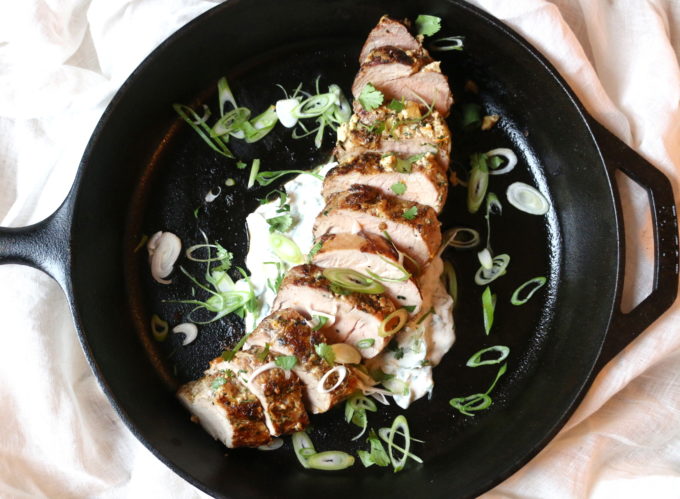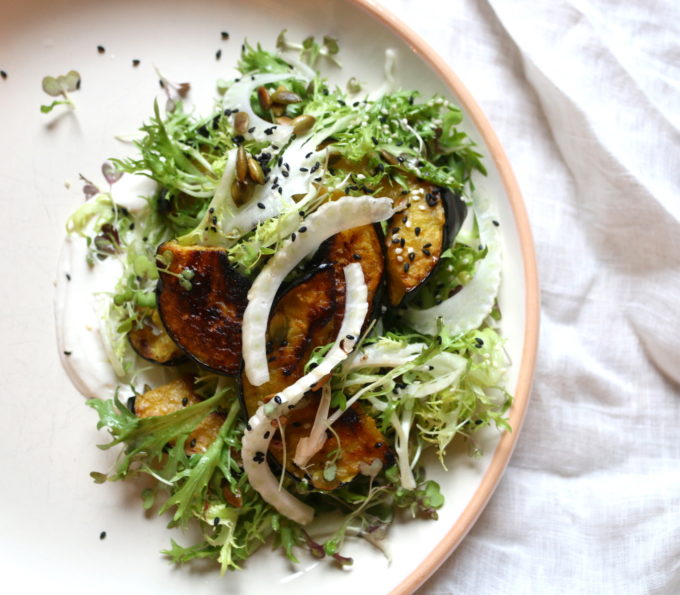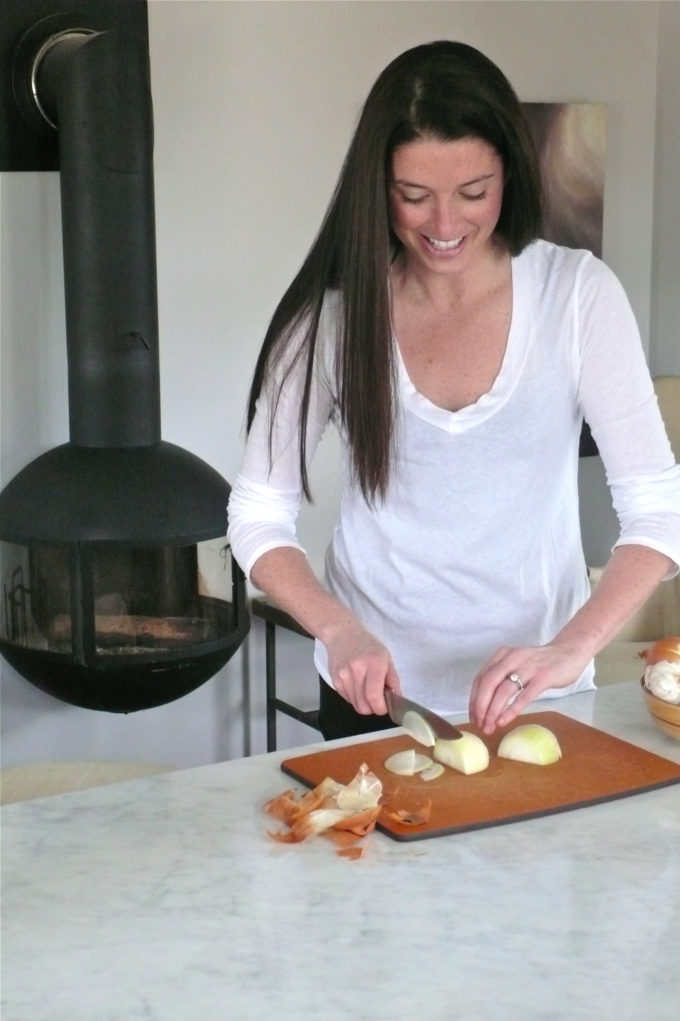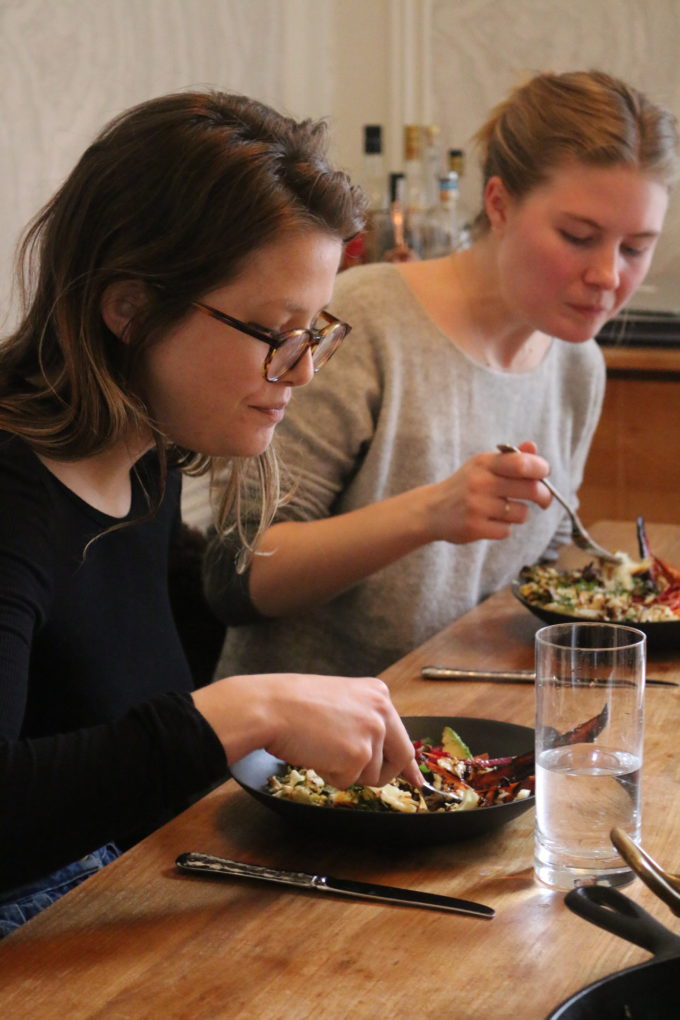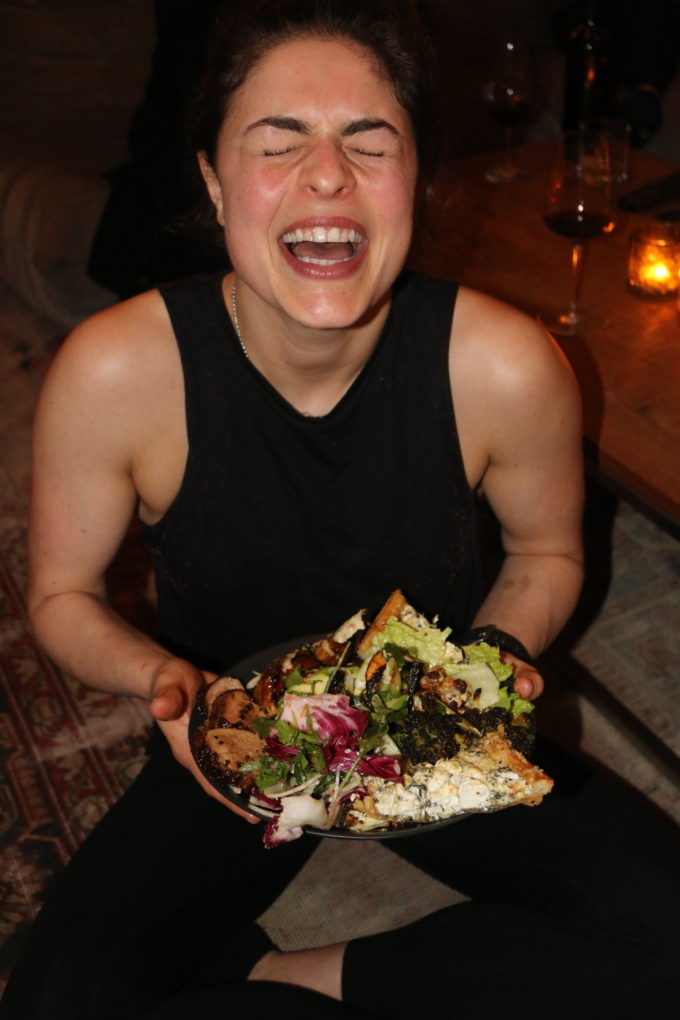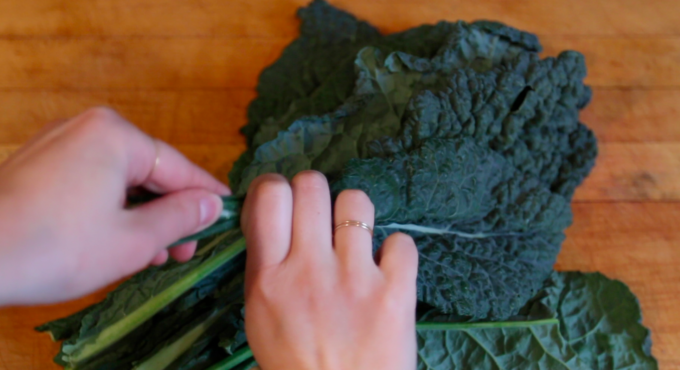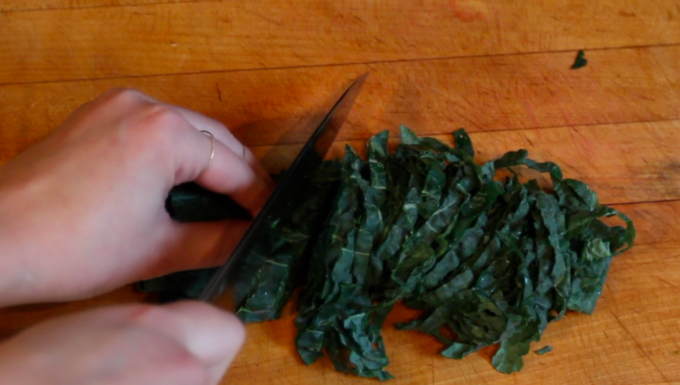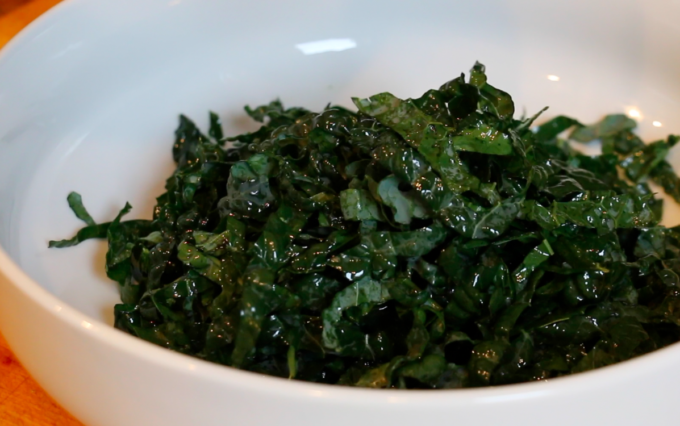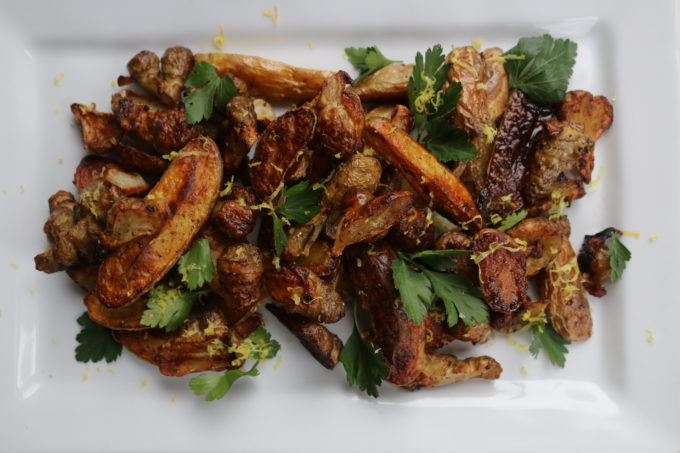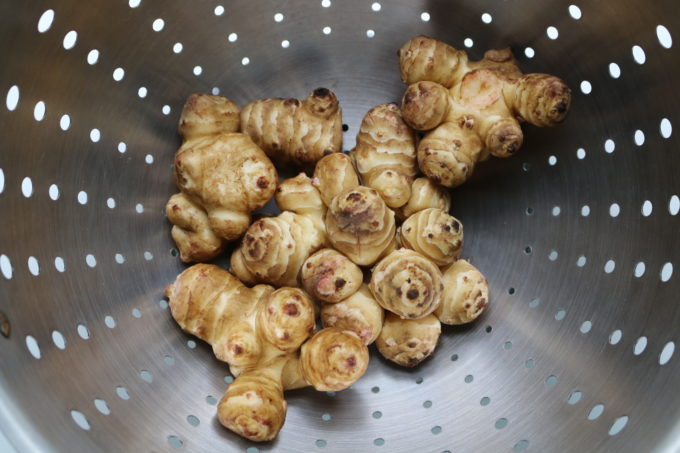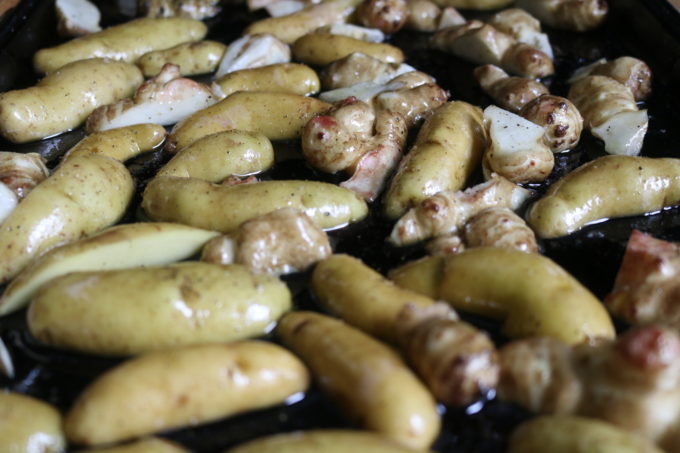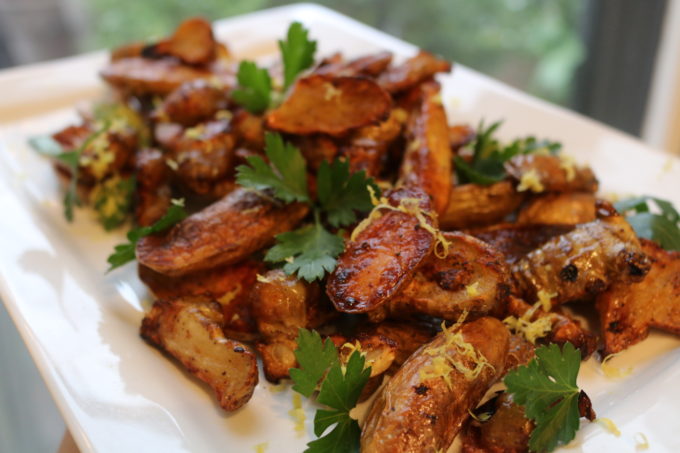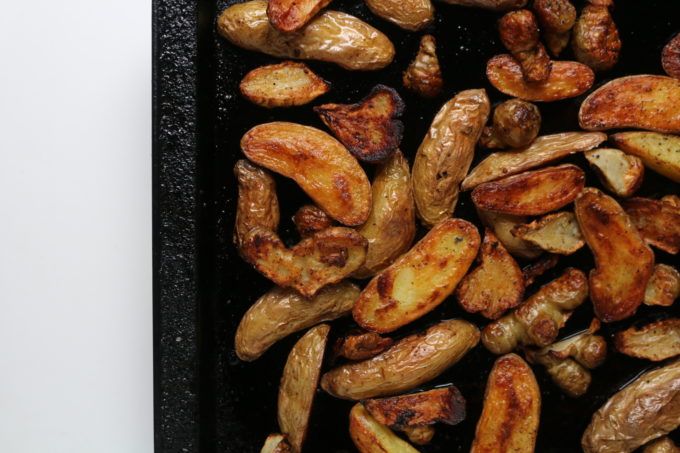Vegetarian? Vegan? Gluten Free? Nut allergy? Onion phobia? These days being a private chef can be challenging. Each week we work hard to dish out new and inspired menus while keeping careful track of everyone’s allergies, intolerances and preferences. It’s not easy and our build-your-own-bowls have quickly become our saving grace and inadvertently our biggest sensations. We prep all the components into separate serve-ware, giving our clients full reign. It’s up to them to decide what they’re in the mood for and don’t think we’re not curious. We really envy that fly on the wall. I mean, it must be kind of crazy coming home to a counter full of mise-en-place and not know what the chef envisioned for the end result. BYO night resembles a quintessential taco night (always my favorite dinner growing up) with all the fixings laid out for you to pick and choose.
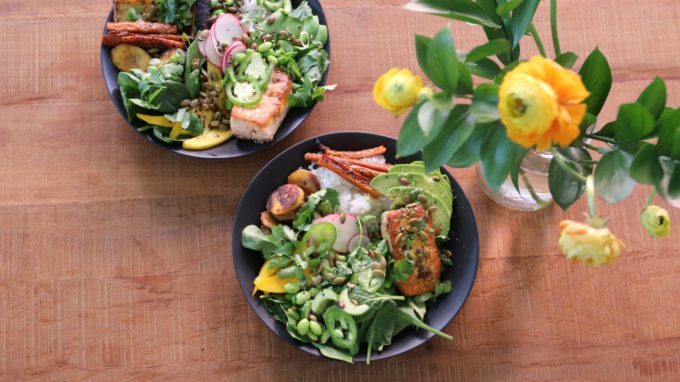
Obviously, we know what we would do and it takes all the strength in the world to keep from sprinkling the herbs in with the salad or smearing the garlicky yogurt on the bottom of the platter. We also know it’s true that this is your meal at the end of the day and maybe you had cheese for lunch or you’re just not feeling that tahini drizzle on your sweet potatoes. By far the best news we get is when one of our client’s kids changes their mind about salmon or roasted carrots and I have to think that the BYO is responsible for these little victories.
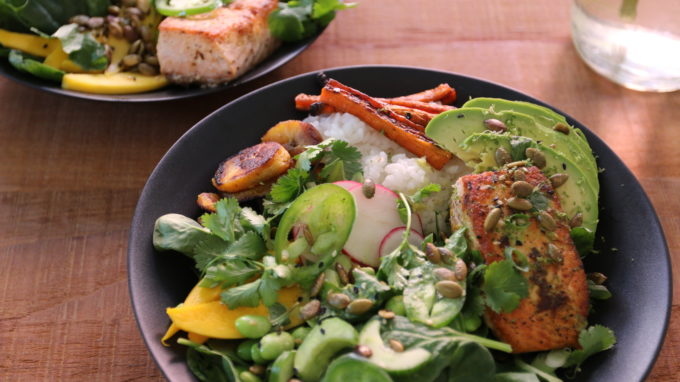
We also have to think that maybe our clients want some direction. I know from my own life that my BYO dinners usually turn into a show and tell. My boyfriend will say, “I want to see how you do it”. And I can’t tell you how many times I’ve explained a menu to a friend or family member forgetting that BYO isn’t a commonplace acronym. Prompting my third recipe-video, I wanted to show how I would construct my own bowl for our clients who are used to this lingo and also respond to the BYO quarries I get from everyone else. We gathered at Laura’s for our usual Friday staff lunch and spent the afternoon prepping ingredients like we would for our clients. Then, with cameras rolling, I constructed my bowl.

This bowl, in particular, was taken from one of our weekly menus and happened to be an experiment. As chefs, we’re constantly on the hunt for unique ingredients to broaden our directory of ingredients and culinary repertoire and plantains were one such, exotic thing that sparked our curiosity. It was the first week we had our first glimpse of spring and we were all craving something light and tropical (or maybe a vacation :)). This bowl was the brainchild of our chief menu strategist, Rian, and, lets be honest, no one doubted it’s viability. In the end in was fun to built our own bowls and admire each other’s different plated creations, not to mention walk in our clients shoes for an afternoon.
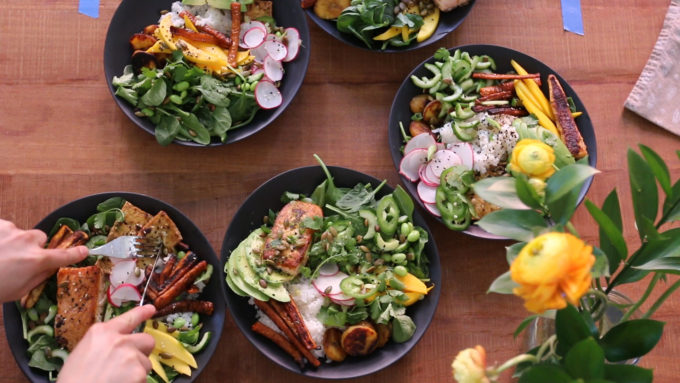
By far the best part about BYOs is the versatility. If the store doesn’t have mangos, pineapple would make a great substitute. The opportunities for experimentation and adaptability are endless. This is the first BYO video, but it’s certainly not the last. Stay tuned for more BYO demos!
With love, Charlotte.
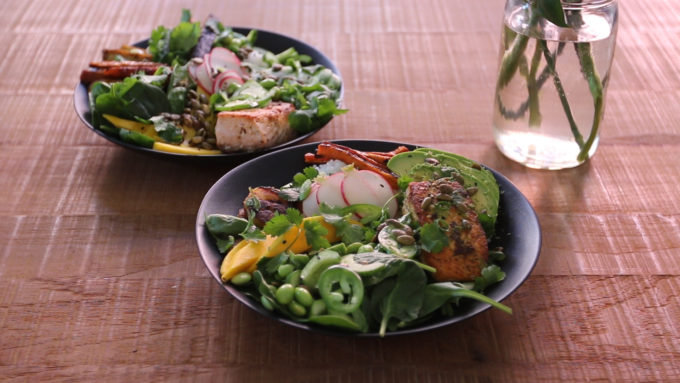
BYO Hawaiian Bowls (as they appear in the video):
Sticky sushi rice, baby spinach, crispy pan-fried salmon (alt: pan fried tofu or pork carnitas), pan seared plantains, roasted carrots, sliced mango, shaved radish, cucumber moons, blanched edamame, sliced avocado, scallions + cilantro, mandolined jalapeños, tangy cilantro-coconut dressing, toasted sesame seeds (black and white) + pepitas and lime zest
Some other recent BYO favorites that might peak your interest:
BYO Super Green Spring Bowls
Fried or poached eggs, boston + butter lettuce, farro, quartered radish, blanched peas, blanched asparagus, blanched sugar snaps, avocado, cucumber moons, toasted hazelnuts, whipped feta, scallions + basil + mint and lemon + thyme vinaigrette
BYO Steak Cobb Salad Bowls
Seared and sliced steak of choice, brown rice, crumbled bacon, romaine+watercress+endive, cherry tomatoes, avocado, pickled red onion, radish, crumbled blue cheese, hard boiled eggs, crispy chickpeas, roasted sunchokes (also called Jerusalem artichokes – http://whatweeat.nyc/jerusalem-artichokes/), cucumber moons, parsley + chives and red wine-dijon vinaigrette
BYO Glazed Korean Meatball Bowls
Korean glazed meatballs (alt. tofu), butter lettuce, brown rice, roasted shiitake mushrooms, sauteed baby bok choy, blanched broccolini, avocado, cucumber, toasted black and white sesame seeds, scallions + cilantro, ginger dressing)
BYO Honey-Dijon Roasted Pork Tenderloin Bowls
Fluffy quinoa, thinly sliced apples, roasted sweet potato cubes, arugula + baby spinach, dried cranberries, cucumber, avocado, goat cheese, mint, toasted slivered almonds, apple cider vinaigrette
Feel free to ask about any of these recipes or preparations in the comments section!
